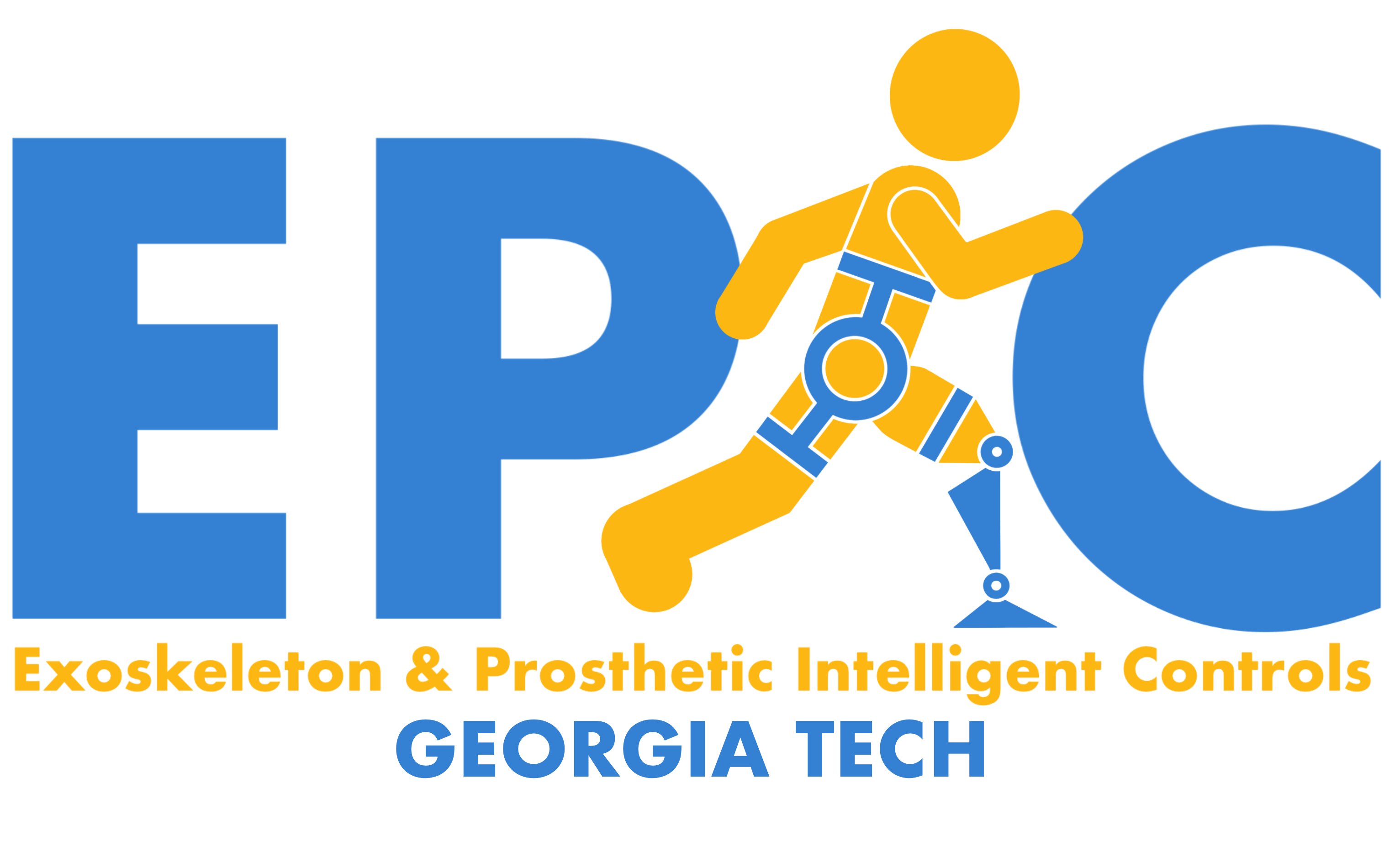Open-Source Data & Models
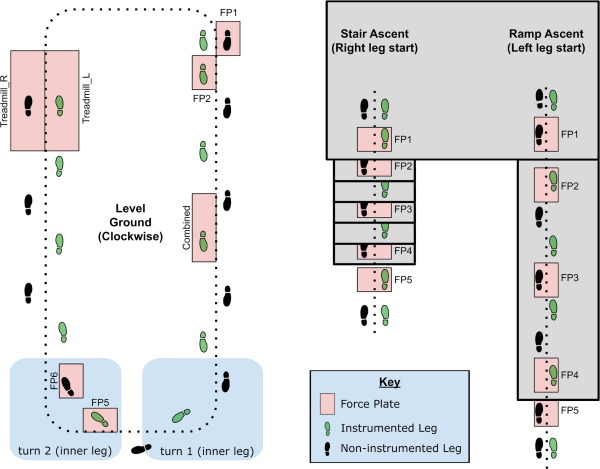
A comprehensive, open-source dataset of lower limb biomechanics in multiple conditions of stairs, ramps, and level-ground ambulation and transitions
Provided here is an open-source biomechanics data set that includes various conditions spanning level-ground, ramp, and stair walking. Collected data includes force plates, lower body motion capture, goniometers, IMUs, and EMGs. Data is provided for 22 healthy participants.
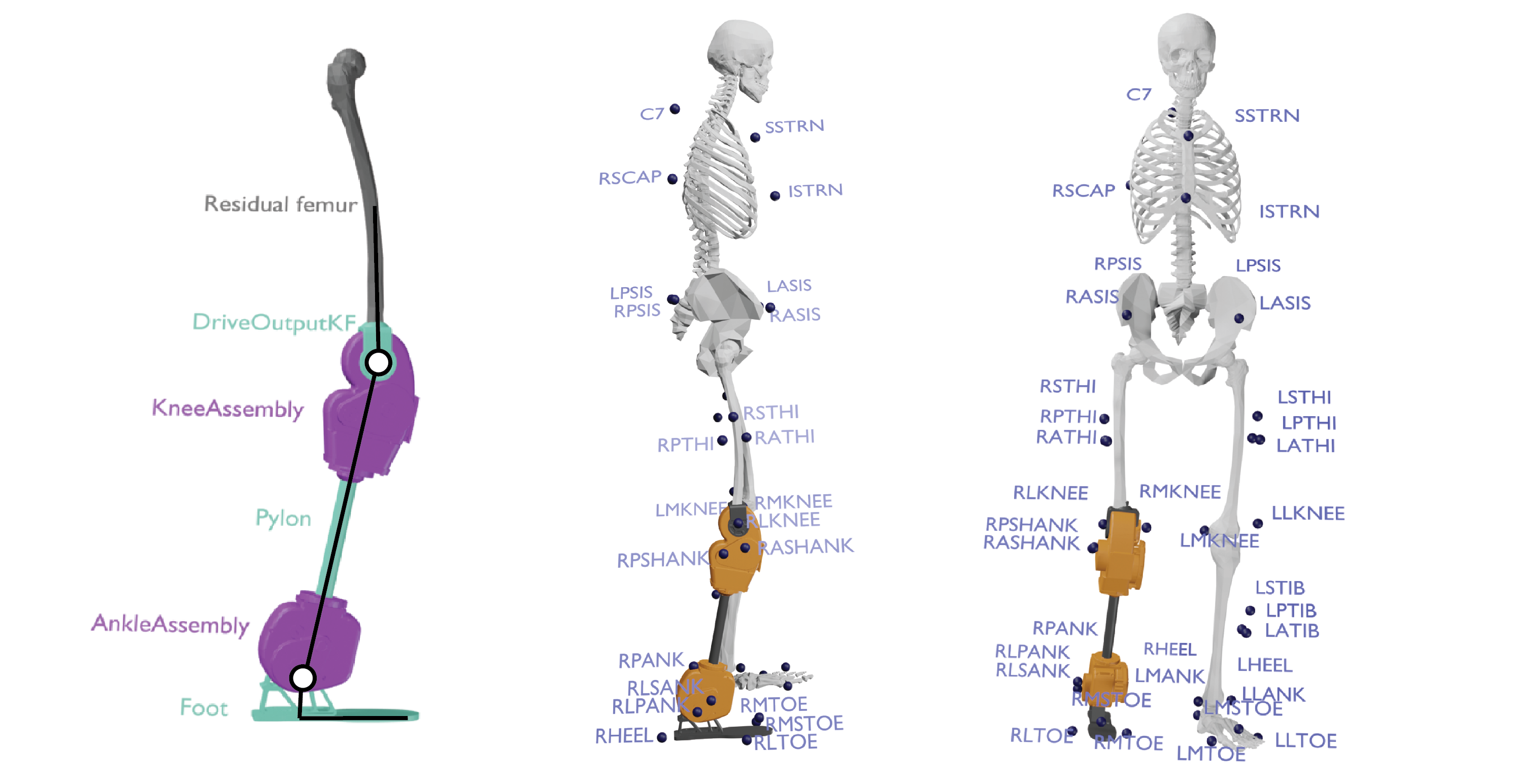
OpenSim Open-Source Leg Models
Provided here is an open-source biomechanics model using OpenSim. The model can adjust to different pylon heights, incorporate mass & inertial properties, and provide 3D visualizations of the OSL prosthetic leg for both left and right sides.
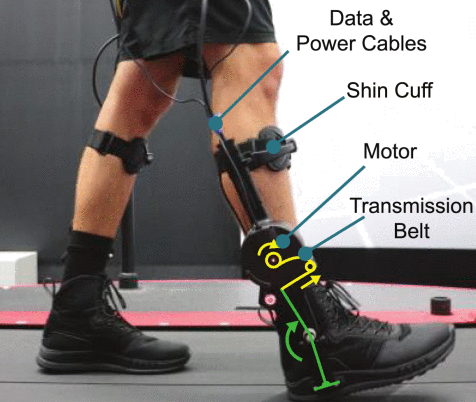
Exoboot Gait Phase Estimation Model
Provided here is an open-source machine learning model for gait phase estimation using Dephy's exoboots.
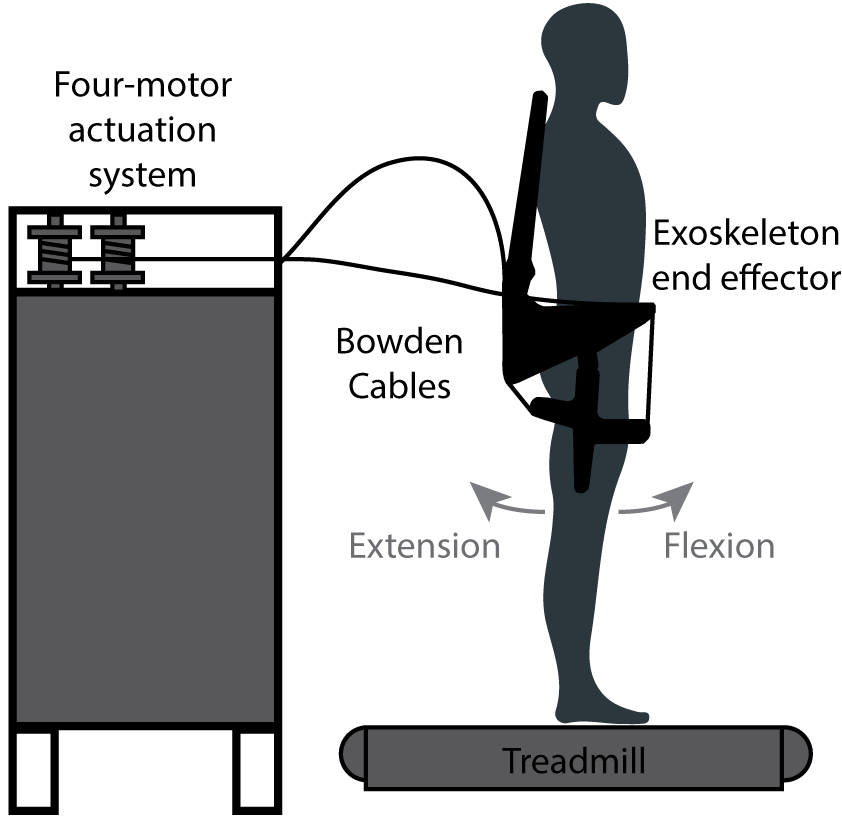
Lower limb muscle activations and metabolics from walking at multiple speeds with various hip exoskeleton impedance-based assistance profiles
Provided here is an open-source dataset including electromyography (EMG) from 8 lower limb muscles, ground reaction force, and metabolics dataset that includes 31 hip exoskeleton assistance conditions while walking at 1.0, 1.3, and 1.6 m/s. This dataset has been used to predict optimal impedance assistance parameters across walking speeds and use EMG to predict metabolic cost during hip exoskeleton assistance.
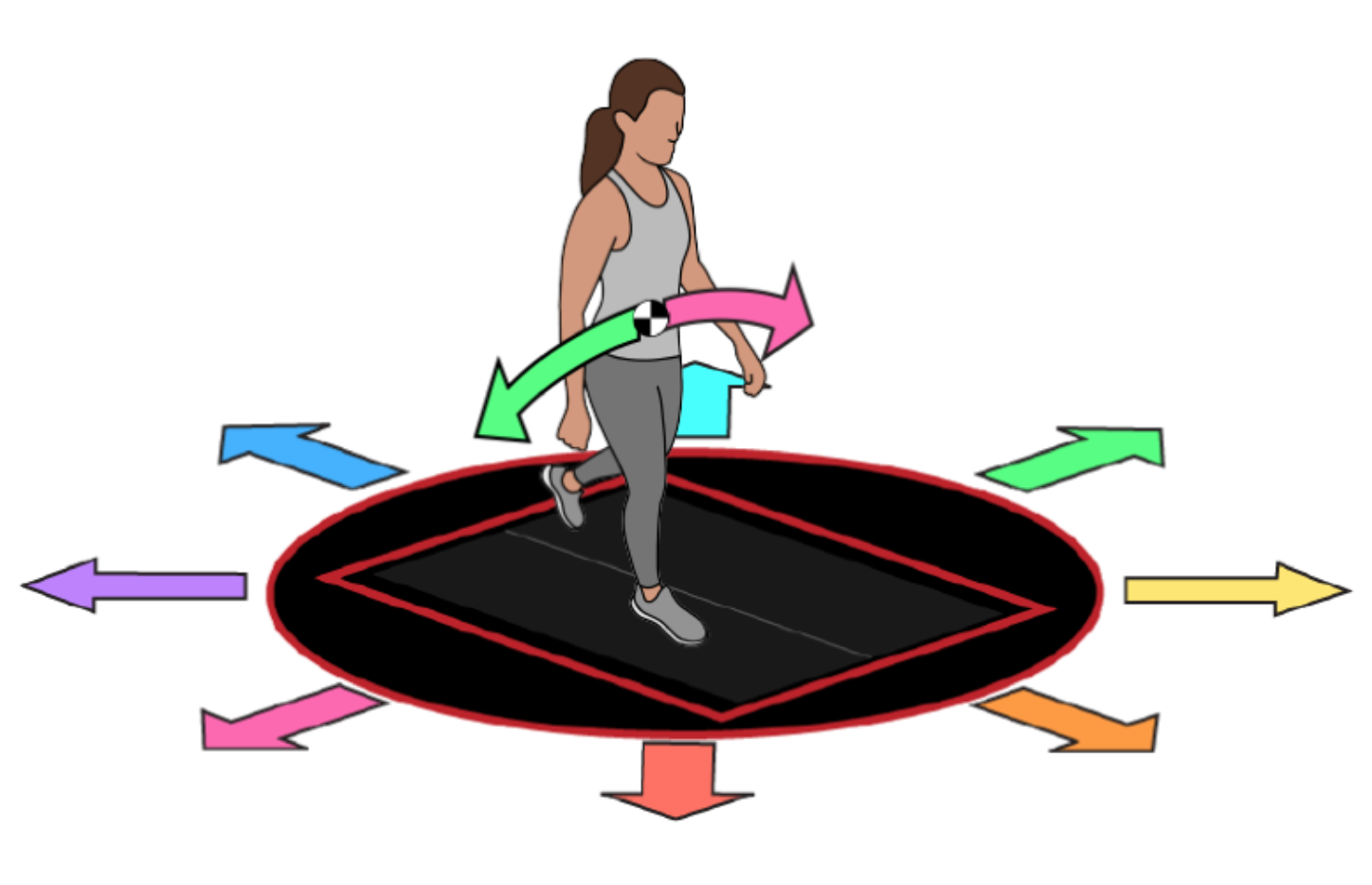
Biomechanics of locomotion during ground translation perturbations
The purpose of this data set is to enable the investigation of human balance and recovery strategies during perturbed walking. We performed a study where participants walked while being exposed to ground translation perturbations. We varied the magnitude, direction, and onset time of these perturbations while collecting various biomechanical outcome metrics.
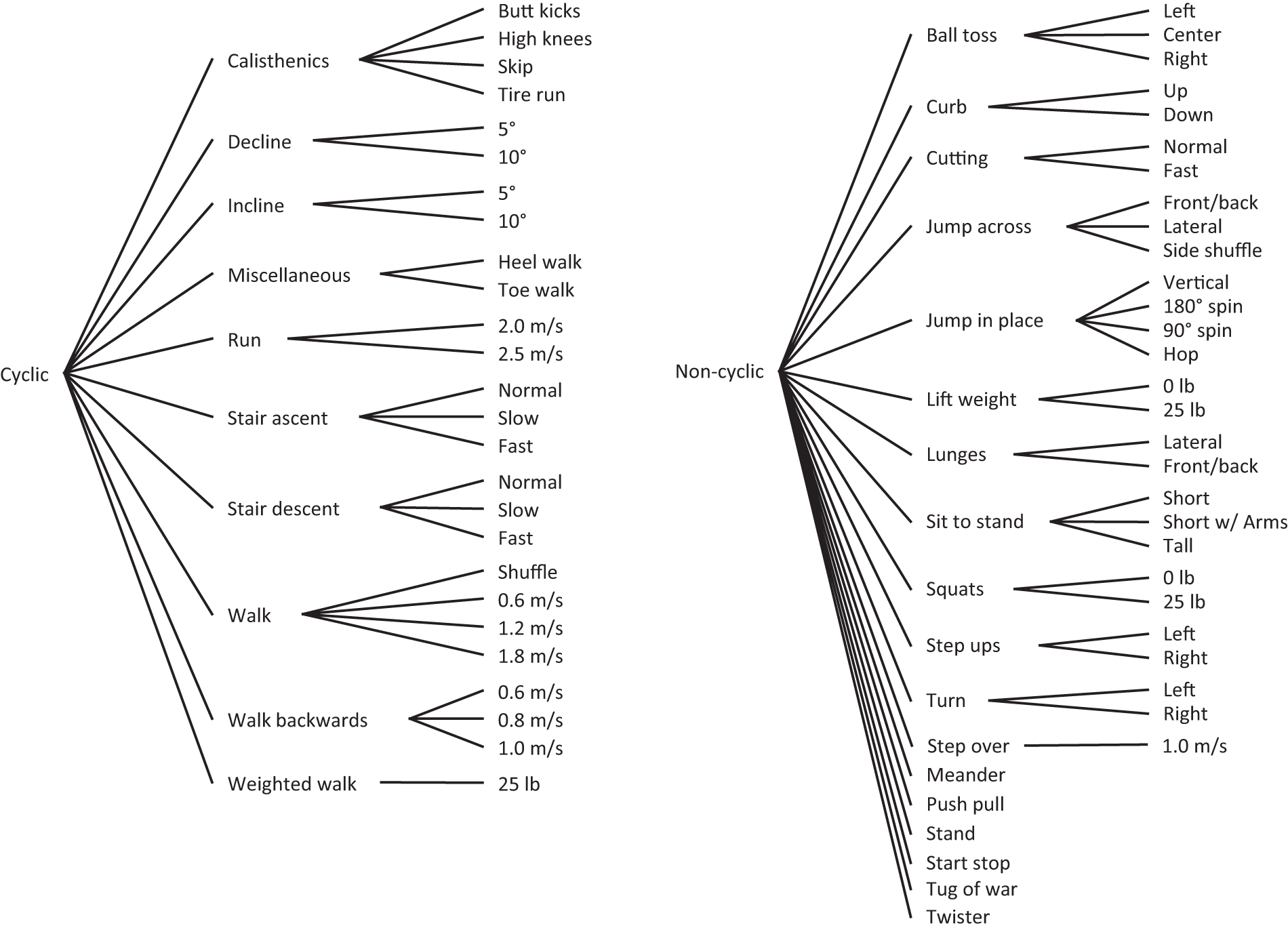
A human lower limb Biomechanics and Wearable Sensors Dataset During Cyclic and Non-cyclic activities
this dataset includes a wide range of cyclic and non-cyclic tasks to capture a holistic picture of lower limb movements in everyday life. This provides normative biomechanics for a highly diverse range of activities (20 non-cyclic & 11 cyclic) from a consistent set of participants and sensors.
